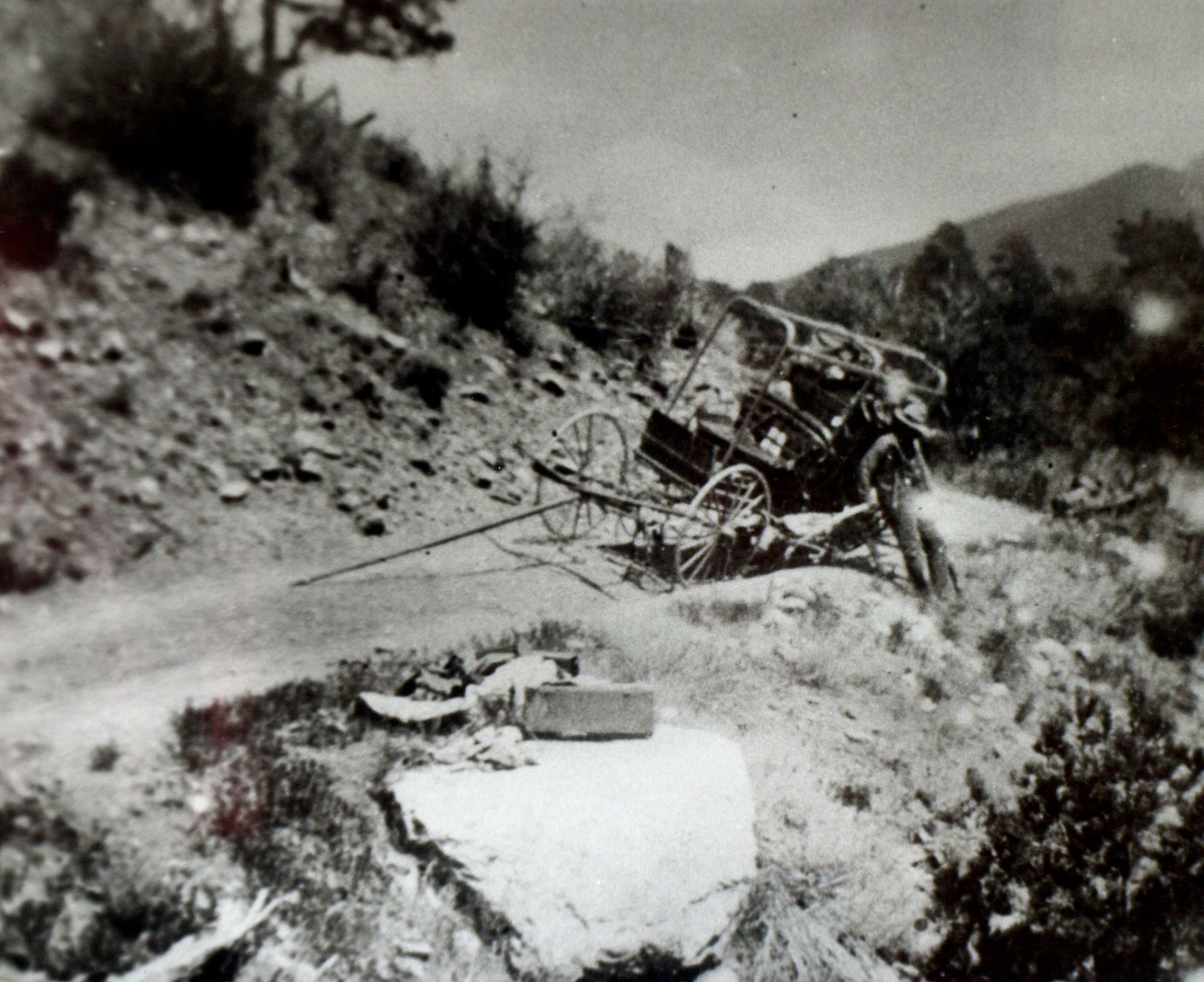Historic Painting: Ernest Blumenschein, "Star Road and White Sun," 1920.
This style of art brings back wonderful memories of New Mexico.

I try to mix it up a bit in this series. While the paintings I've focused on up until now have mostly been from the 19th century, there are plenty of pictures from other eras that catch my eye. Star Road and White Sun, painted in 1920 by Ernest L. Blumenschein, is instantly recognizable as the Taos school of late 19th/early 20th century American Western art, but it also has a sort of timeless quality. The faces of the Native Americans are the centerpiece of the picture, but I also like how the pine trees--ubiquitous in northern New Mexico--look like they're made of velvet, and the "flatness" of the scene is unusual. Indeed this is a fascinating foreshadowing of the flat-looking art, very distinctive, of American painters of the 1930s in the style that is sometimes called "WPA." This was painted a decade before the Depression, but you can see a similarity.
The founding of the Taos school--technically the Taos Society of Artists--is interesting. Blumenschein was born in Pittsburgh and trained in music. In the 1890s some of his intelligentsia friends interested him in traveling to New Mexico, which was then an exotic destination. He and Bert Phillips traveled there in 1898 and were waylaid near Taos by a broken wagon wheel. While waiting for it to be fixed, the two fell in love with the locale and decided to stay for a while. This was the spark of an inspiration that would last for the rest of his career--and the beginning of the Taos art colony. Blumenschein thought to capture the moment in a photograph, and here it is: the broken wagon that started a whole movement of American art.

Blumenschein began summering in Taos beginning in 1910. He and the other Taos Society artists chose as their subjects Native Americans, especially Pueblo and Navajo peoples, and related scenes surrounding the American Southwest. When the rest of America discovered Taos after World War II, it was the art of the Taos Society that set the tone for how people saw this part of the country and its people.
Blumenschein eventually resigned from the Society after a tiff with several of its members. Interestingly, during World War I he was employed creating paintings that were used to train artillery gunners in range finding. He lived a long life and eventually died in Albuquerque in 1960, age 86. His house in Taos still exists, now an art museum and gallery. I lived in Albuquerque and Santa Fe in the early 1990s, and I'm certain I saw plenty of Blumenschein originals in the various galleries there, though at the time I didn't know what I was looking at.
The original of Star Road and White Sun is in the Albuquerque Museum.
The Value Proposition
Why should you be reading this blog, or receiving it as a newsletter? This is why.
☕ If you appreciate what I do, buy me a virtual coffee from time-to-time to support my work. I know it seems small, but it truly helps.
📖 You could also buy my newest book.
🎓 Like learning? Find out what courses I’m currently offering at my website.
📽 More the visual type? Here is my YouTube channel with tons of free history videos.



Comments ()